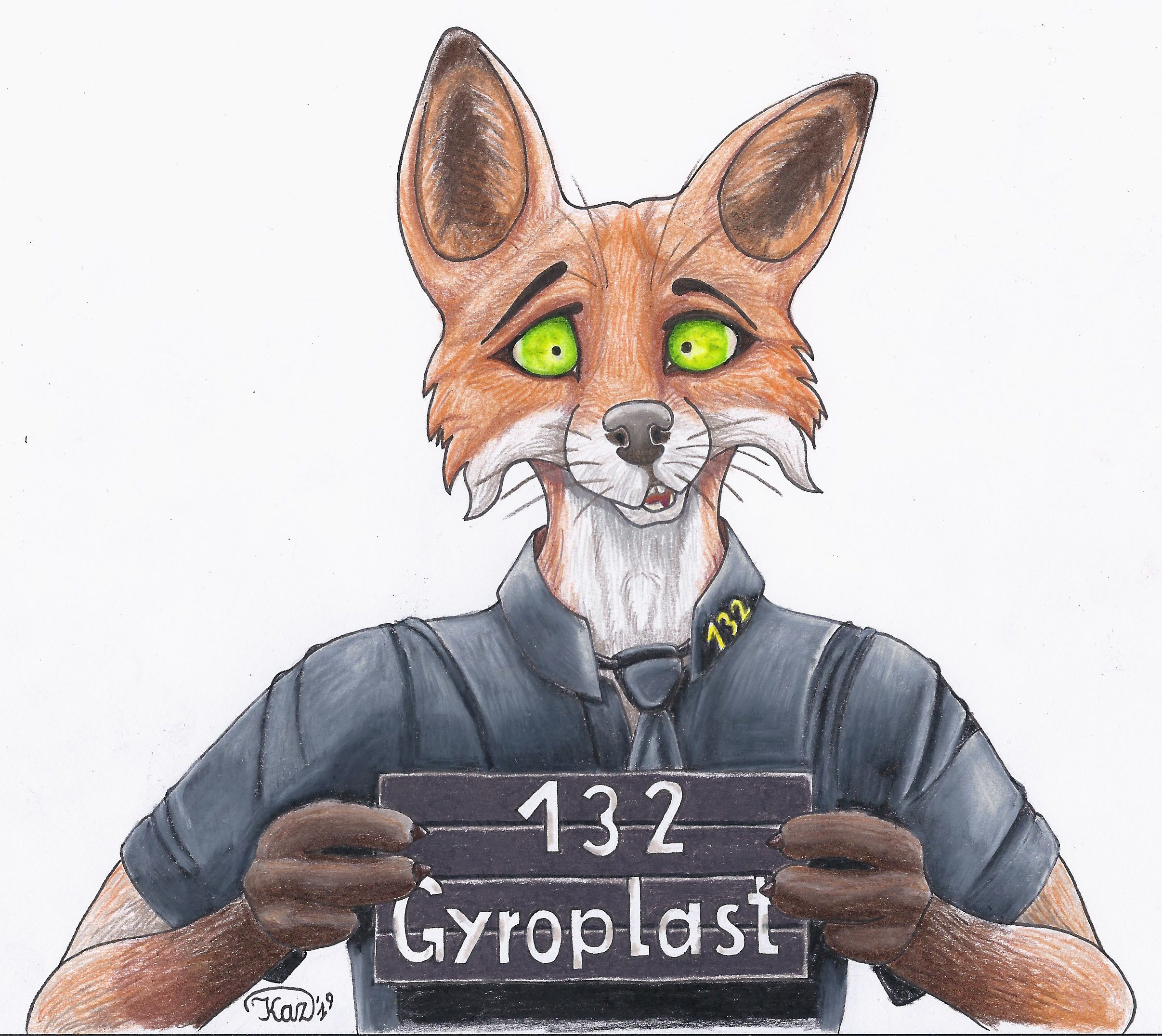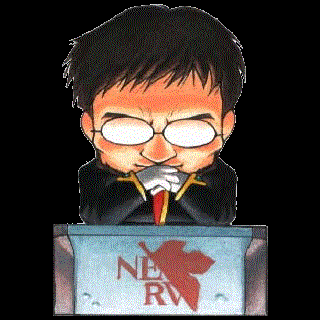Wait. Is that last one really home?
It’s a Class A address, reserved for loopback devices. While not any sort of default - yes, it could be used as home :)
Keep in mind the modern ipv4 internet uses classless subnets so it is better to think of it as a /8
Technically it fits inside the highest class-A subnet… but I’ve seen so many people (especially teachers) who think that class-A and
/8subnets are equivalent that I firmly believe that the idea of classful networking should be removed from technical literature altogether.Classful IPv4 was obsoleted 32 years ago. Only 8 years left before it’s literally older than a standard career.
It’s fascinating the sheer inertia that leads formally-trained IT professionals to use and perpetuate such profoundly useless and obsolete nomenclature. You’d think that having an incorrect use of the term “class A” and not having any use for classes B and C would tip off academia that they should cordon off classful networking to the “History of Computing” course next to ARPANET.
Maybe next time someone refers to
10.0.0.0/8as a Class A network I’ll refer to it as the ARPANET Network. That’s only very slightly more anachronistic (3 years).
Yes. 127.0.0.0/8 is reserved IPv4 address space for Loopback. It is perfectly valid, and occasionally useful, to use other loopback addresses that are functionally identical, like 127.0.1.1 or 127.0.0.53, which carry semantic information for the initiated, like “53? Must be DNS-related, obviously!”
At the place I work, we use 10.127.0.0/16 for loopback addresses on networking equipment because it has that little familiarity from 127.0.0.0/8
Only with a /8 or 255.0.0.0 netmask. Which is not very common.
de:ad:be:ef:ca:fe
127.1
This reminds me of the tale of the coder tasked to write an input validator for IPv4 addresses. Poor bastard.
Another fun one:
0177.042.017.066PSA: Don’t zero-pad your IPv4 octets. Decimal is for simpletons.
2134206969
127.53.105.249
Nice, nice, nice
127.nice.nice.nice
127.13.37.69:420127.42.0.69
0
hey I’m pretty new to stuff like this, can someone explain?
These are all network addresses that refer to localhost - how a computer addresses itself.
To add to this - localhost spans 127.0.0.1-127.254.254.254
…but why?
Let’s say you want to test a network service like a webserver (https://www.mywebserver.com/) on the same computer as the browser.
It was designed that way. This span of addresses should not be used for anything other than localhost-ery.
May seem like a wide span, but at the time that it was designed they didn’t anticipate needing every single address
127.69.420
127.69420
127.42069
127.4.2.0
IPv6 >> ipv4
IPv4 with NAT > IPv6
Care to explain?
NAT adds latency plus it makes end to end connections very hard to do. IPv6 on the other hand makes thing much simpler since you don’t need to guess the ports.
I do a lot of networking and I like being able to remember IPs and subnetting is a lot easier. I haven’t really realized any issues with latency. Haven’t really had to guess ports either as NAT handles that. I think IPv6 is a good idea and works great for computers, but as I human I prefer IPv4.
IPv6 doesn’t need to be hard. For one you can use DNS since it is probably Tue best in terms of readability.
For addressing you can do a few different things. If you are just looking for simple addresses you can do something like:
2001:ab6f:c5::5 2001:ab6f:c5::6
If you have multiple areas or vlans you also can separate them with site info in the address. Something like:
Site one: 2001:ab6f:1:1::1
Site two: 2001:ab6f:2:1::1
Site two vlan 666: 2001:ab6f:2:666::1
You also can use words like beef and cafe to make it more memorable.
Ipv6 is also nice since subnetting is much simpler. All subnets are /64 so it is very easy to know if an address is in a subnet. No more /19 and other crazy subnetting madness.
127.420.69.531:8008
192.168.0.69
2140000000 for decimal round number enjoyers
0x7FEEDBAC for hexadecimal pun enjoyers











